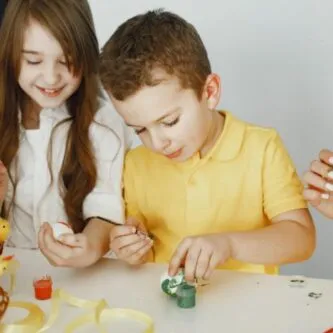
Bullying is an ever-growing issue that children around the world are facing. And unfortunately, it can happen to anyone. Even if your child is studying at the best international school in Manila, she can be a potential target for bullying.
Due to popular media, the public tends to focus on the ones being bullied while almost always vilifying the bullies. However, what most people don’t know is that bullies themselves don’t understand what they are doing. The only way to find a clear method of addressing this issue is by comprehending both sides of the story.
That being said, there are some characteristics that are common in child bullies. Read on to be able to identify some signs and patterns that could potentially turn into a bullying situation.
Lack of Empathy
Empathy is one of the most important foundations of good social behavior, so it comes as no surprise that bullies have a general lack of empathy. The ability to put yourself in someone else’s shoes is crucial in the development of good relationships whether it’s in the family or with friends.
It may seem like empathy and other social related capacities such as sympathy and compassion develop naturally in children, but these qualities also need to be taught and nurtured. If you notice your child having a hard time empathizing with others, remember that communication is always key. You can guide your child towards developing empathy by openly discussing feelings and teaching her how to be considerate.
Impulsivity
Impulsivity, or acting with little to no forethought, is another common trait of a bully. Cases of bullying are usually not premeditated and happen on the spot due to certain circumstances such as accidents or misunderstandings. Combined with a lack of empathy, impulsive children are more likely to tease and confront other children — resulting in a case of bullying.
Impulsive behavior usually stems from a number of factors such as poor critical thinking and reasoning skills. What this means for you is that it can also be corrected. Try doing some problem-solving exercises with your child to help curb impulsive behavior.
Painful Childhood Experiences
While not universally applicable, a study has shown that children who have had painful or ‘adverse’ childhood experiences often engage in bullying behavior. This experiences could be in the form of physical or sexual abuse, economic hardship, and general household dysfunction. Supplemented by the nature of children to mimic the people around them, especially at home, this supports the idea that bullies are often bullied themselves.
Understanding bullies in this regard would then mean understanding the environment and household they were raised in.
Key Takeaway
There are some common characteristics that can be telltale signs of a bully. Being aware of these can surely help you do some corrective and preventive measures with your own child.
The best international schools in Manila are aware of the bullying problem and have systems in place to prevent this from happening. Complemented by good parenting and guidance, parents shouldn’t have to worry about their own children turning into a bully.






-logo.png)



